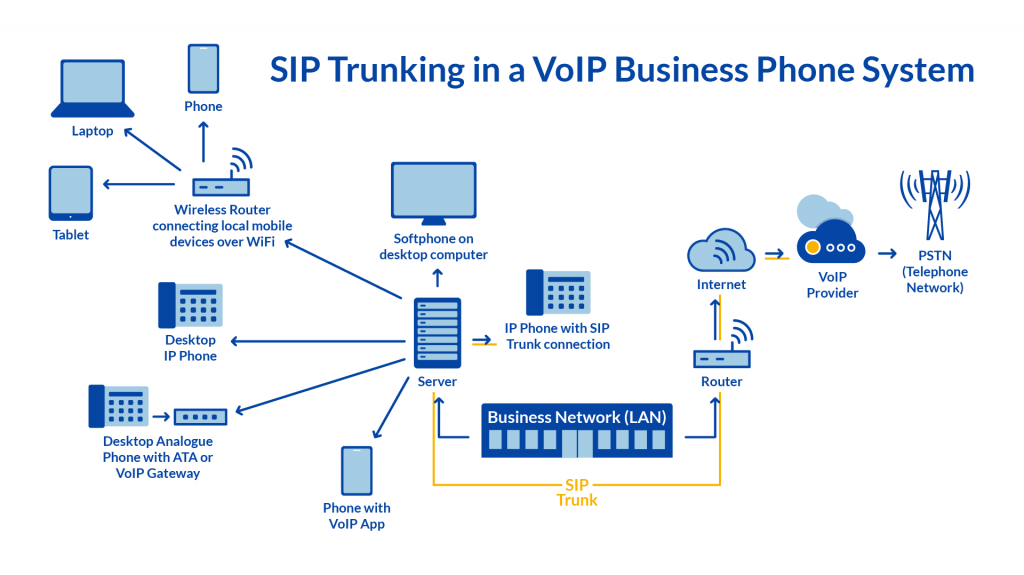


(The actual cost depends on the service model of the ITSP you choose.) The cost of SIP trunking may be based on bandwidth usage, which you can buy in smaller, more economical increments. In TDM trunking, service providers charge for calls by the minute. You can cut manageability costs and reduce the complexity of deployment.īasic rate interface (BRI) and primary rate interface (PRI) fees can be eliminated if you connect a SIP trunk directly to your ITSP at significantly lower cost. Long distance calls typically cost much less through a SIP trunk. The cost savings associated with SIP trunking can be substantial: One of the primary advantages of SIP trunking is that you can consolidate your organization's connections to the public switched telephone network (PSTN) at a central site, as opposed to its predecessor, time division multiplexing (TDM) trunking, which typically requires a separate trunk from each branch site. In some cases, you may also opt to use SIP trunking to connect your branch site to an ITSP.ĭeploying SIP trunking can be a big step toward simplifying your organization's telecommunications and preparing for up-to-date enhancements to real-time communications. Typically, a SIP trunk is used to connect your organization's central site to an ITSP. What is SIP Trunking?Ī SIP trunk is an IP connection that establishes a SIP communications link between your organization and an Internet telephony service provider (ITSP) beyond your firewall. This section provides planning information for implementing SIP trunks, a type of SIP connection that extends beyond the boundary of your local network. Session Initiation Protocol (SIP) is used to initiate and manage Voice over IP (VoIP) communications sessions for basic telephone service and for additional real-time communication services, such as instant messaging, conferencing, presence detection, and multimedia. Learn about SIP trunking in Skype for Business Server Enterprise Voice


 0 kommentar(er)
0 kommentar(er)
